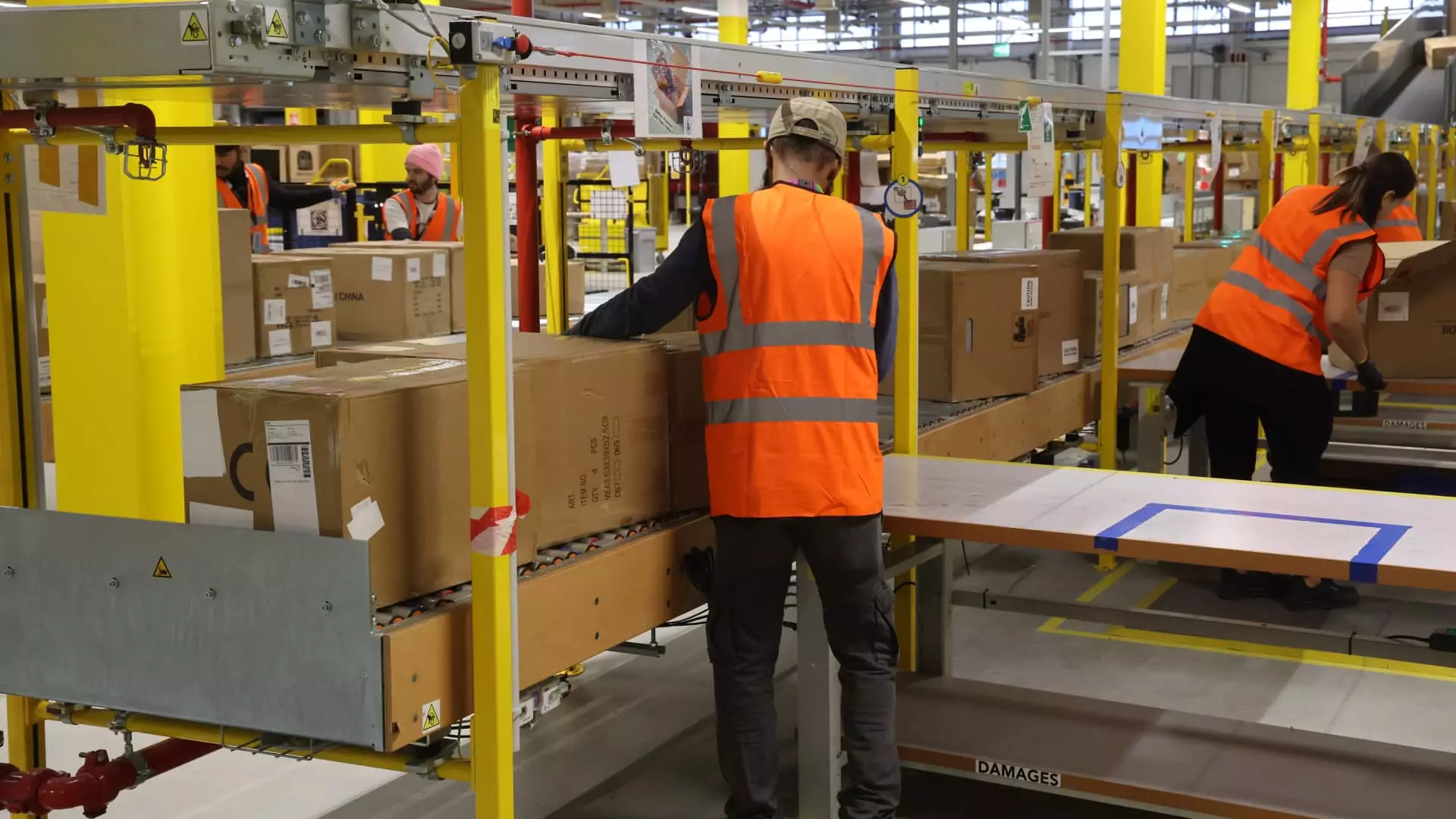Amazon’s announcement of reaching a milestone—deploying one million robots across its global network—marks a significant turning point in logistical automation. This feat signals more than just the scale of Amazon’s robotic integration; it vividly illustrates a corporate vision where machines are positioned at the core of operational efficiency. The deployment of such a vast fleet of mobile robots at Amazon’s numerous fulfillment centers showcases the company’s relentless pursuit of innovation, seeking to push productivity boundaries while reshaping traditional labor models.
This rapid expansion in robotic automation is strategic but also controversial. It exemplifies the transition from manual labor to sophisticated machine work, embracing advances in mobility, AI coordination, and autonomy. While some may see this as a technological triumph, it prompts uncomfortable questions about the broader social implications of replacing human workers with machines. As robots become more integral to operations, the landscape of employment within the fulfillment industry is fundamentally changing, sparking debate over job security versus efficiency gains.
The Power and Promise of AI-Driven Logistics
The introduction of Amazon’s “DeepFleet” AI system exemplifies a shift toward smarter, more agile robotic management. This decentralized control allows robots to adapt dynamically within warehouse environments, reducing transit times by an impressive 10%. Such improvements are not merely incremental; they herald a future where AI orchestrates complex robotic movements seamlessly, optimizing everything from inventory handling to delivery timelines.
The integration of AI into robotics addresses specific operational challenges—speed, accuracy, and cost savings—yet also raises critical questions. Can these AI systems truly replace human intuition and problem-solving, or do they merely serve as cost-cutting tools? In Amazon’s case, the company claims robots free staff from repetitive, heavy-lifting tasks, assigning workers to roles that demand skill development and oversight. Whether this transition is genuinely beneficial for employees or simply a disguise for workforce reduction remains a contentious issue.
The Human Cost: Job Losses and Societal Tensions
Despite Amazon’s narrative of robots supplementing human labor, the broader reality appears more complex. As AI and robotics advance, the risk of widespread job displacement becomes unavoidable. Reports of Amazon laying off tens of thousands of workers in recent years highlight the tangible impact of automation on employment figures. The narrative of “creating new opportunities” in engineering and maintenance seems to overlook the significant number of roles being trimmed or rendered obsolete.
This phenomenon is mirrored across the tech industry, with CEOs openly acknowledging that automation will reduce certain job categories. The promise of new roles in AI and robotics industries is often overshadowed by the reality of layoffs and workforce downsizing. The societal tension here is palpable—while companies champion efficiency and innovation, many workers face insecurity, economic hardship, and an uncertain future. The socio-economic divide exacerbated by automation poses ethical dilemmas: Should technological progress be pursued at the expense of employment stability?
The Need for Balance and Ethical Considerations
As large corporations like Amazon march forward with their automation agendas, it is crucial to critically examine the balance between technological gains and social responsibility. Automation undeniably boosts productivity and can lead to lower costs and faster delivery times, benefitting consumers and shareholders. However, it also threatens to widen economic inequality and disrupt communities that rely heavily on manufacturing and warehouse jobs.
The deployment of AI and robotics should not be viewed solely through the lens of corporate success. Ethical considerations demand that companies invest in retraining programs, transitional support, and policies that mitigate the adverse effects on displaced workers. Falling into an “automation at all costs” mentality risks neglecting the social fabric that sustains consumer trust and societal stability.
In the end, the story of Amazon’s robotics revolution is not just about technological achievement; it is about the societal crossroads at which we stand. Will automation be a force for progress that uplifts workers and communities, or will it accelerate economic divides and job losses? The choices made in this era of rapid innovation will inevitably define the future of work and the values embedded within our technological advancements.

